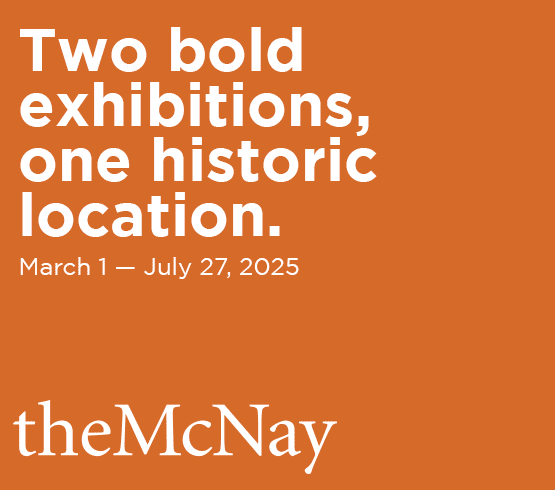In a normal year, hundreds of Austin art studios and workshops would fill with thousands of visitors next week. Participants would spend days meeting local artists, artisans, and craftspeople, buying art, networking, and socializing at the Austin Studio Tour, the city’s most accessible and most beloved annual art event. But this is not a normal year. So how do you hold a free, city-wide art tour at a time when people—especially strangers and large groups—are supposed to avoid each other at all costs?
This is the first time that the East and West tours—which have previously taken place in the fall and spring, respectively—will be presented as a single event. There had been talk of merging the two in previous years, but this spring’s COVID-19 outbreak pushed organizers to postpone West and stage both tours together later in the year. As fall approached and COVID-19 cases continued to climb, Big Medium made the decision to cancel all in-person programming. “We just can’t commit to doing something that’s going to endanger artists and our audience,” Little explained. As a result, this year artists will present their work through the Tour’s new online portal and, in some cases, in outdoor installations around town.
But the changes aren’t all bad. Working around this year’s limitations has sparked creative problem solving and improvements in how Big Medium will manage the event going forward. “We had plenty of head-slapping moments during the pandemic of (asking) why have we never done this before?” Little said. In previous years, the Tour published a catalog and website with artists’ information, but it could still be difficult for visitors to get a full sense of the event, or to locate individual artists for purchases and inquiries. This year, the Tour has built a searchable, filterable web platform to showcase its artists year round. The site will also feature hundreds of pre-recorded and live-streamed artist talks, technical and process demonstrations, and studio visits by participants about their work, which will remain online throughout the year. And because the Tour has gone digital, it can include artists who are based in the areas just outside of Austin, like Pflugerville and other suburbs, for the first time. “It’s really hard to get a sense of the Tour unless you’ve been on the Tour,” Little explained, “So for us to be able to broaden our audience and engage in—I think—a better way. This (online) content will help us extend the Tour out to different people.”

1 ⁄ 15
Renei Sims Studio
Courtesy of the artist.

2 ⁄ 15
Annalise Gratovich Studio.
Courtest of the artist.

3⁄ 15
Lauren Hunt Studio.
Courtesy of the artist.

4 ⁄15
Rohitash Rao Studio
Courtesy of the artist.

5 ⁄15
Rapier Studio.
Courtesy of the artist.

6 ⁄15
Roni Zulu Studio.
Courtesy of the artist.

7 ⁄15
Felice House Studio.
Courtesy of the artist.

8 ⁄15
Brian Phillips Studio.
Courtesy of the artist.

9 ⁄15
Charles Ben Russell Studio.
Courtesy of the artist.

10 ⁄15
Katie Lehn Studio.
Courtesy of the artist.

11 ⁄15
J Muzacz Studio.
Courtesy of the artist.

12 ⁄15
Molly Brau Studio.
Courtesy of the artist.

13 ⁄15
Rick VanDyke Studio.
Courtesy of the artist.

14 ⁄15
Kathy Phan Studio.
Courtesy of the artist.

15 ⁄15
Amanda Witucki Studio.
Courtesy of the artist.
—LAUREN MOYA FORD




